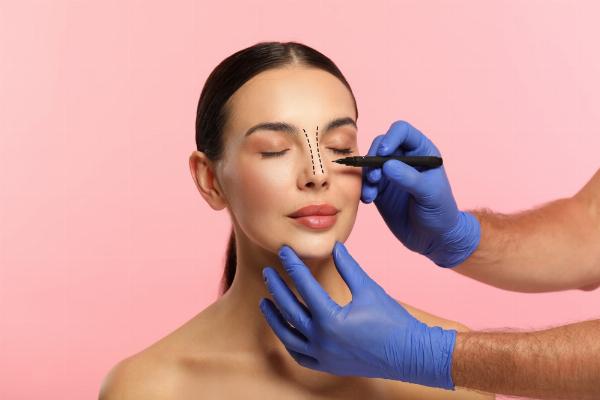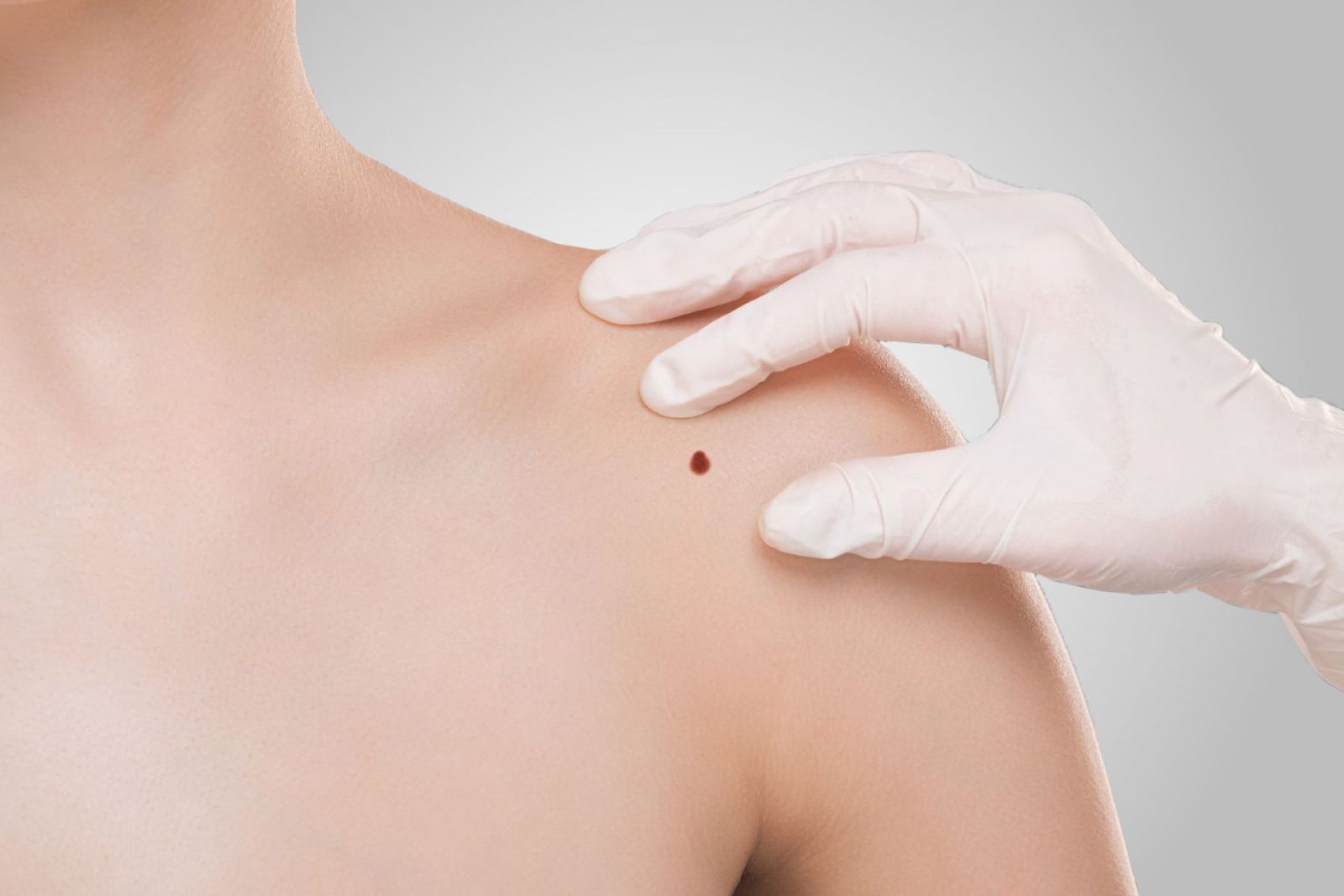Septoplasty and Turbinate Reduction: What to Expect Before and After

Strong 8k brings an ultra-HD IPTV experience to your living room and your pocket.
Nasal congestion can significantly impact one's quality of life. It can make it difficult to breathe, sleep, and even concentrate. For many individuals, the underlying cause of nasal congestion is structural abnormalities within the nose. Septoplasty And Turbinate Reduction In Dubai are two common surgical procedures that can effectively address these issues and provide relief from chronic nasal congestion.
Understanding the Procedures
Septoplasty: This procedure is used to correct a deviated septum, the wall of cartilage that divides the nose into two nostrils. When the septum deviates to one side, it can obstruct airflow. Septoplasty involves gently reshaping the septum to improve airflow.
Turbinate Reduction: This procedure is used to reduce the size of enlarged turbinates, bony structures within the nasal passages that help to warm, humidify, and filter air. When enlarged, they can block airflow. Turbinate reduction can involve removing a portion of the turbinate tissue, reshaping them, or using radiofrequency ablation to shrink them.
Before the Procedure
Consultation with Your Surgeon:
Discuss your medical history, including allergies, medications, and any previous surgeries.
Explain your symptoms and the severity of your nasal congestion.
Ask questions about the procedures, including the risks, benefits, and recovery process.
Pre-Operative Examinations:
Your surgeon may order blood tests, a physical exam, and imaging studies (e.g., CT scan, MRI) to assess your overall health and identify any underlying conditions.
Preparing for Surgery:
Follow your surgeon's instructions regarding fasting, medications, and pre-operative medications.
Arrange for transportation to and from the surgery.
The Procedure
Septoplasty and turbinate reduction are typically performed under general anesthesia.
The surgeon makes incisions inside the nose to access the deviated septum or enlarged turbinates.
The surgeon carefully reshapes the septum or reduces the size of the turbinates.
The incisions are then closed.
Recovery
The recovery time for septoplasty and turbinate reduction varies depending on the individual and the extent of the procedures.
You may experience some discomfort, swelling, and bleeding after surgery.
Your surgeon will provide you with pain medication and instructions for post-operative care.
You may need to avoid strenuous activities for several weeks.
Regular follow-up appointments with your surgeon are important to monitor your healing progress.
Expected Results
Improved breathing: Septoplasty and turbinate reduction can significantly improve airflow through the nasal passages, making it easier to breathe.
Better sleep: Nasal congestion can disrupt sleep, but these procedures can help to improve sleep quality.
Reduced snoring: Snoring is often caused by nasal congestion, and these procedures can help to reduce snoring.
Improved sense of smell: A deviated septum or enlarged turbinates can impair the sense of smell. These procedures can help to improve the sense of smell.
Reduced sinus infections: Chronic nasal congestion can increase the risk of sinus infections. These procedures can help to reduce the frequency of sinus infections.
Potential Risks and Complications
Bleeding: There is a risk of bleeding after surgery, which may require additional treatment.
Infection: Infections can occur, but they are usually treated with antibiotics.
Scar tissue: Scar tissue can form within the nasal passages, potentially affecting airflow.
Loss of sense of smell: In rare cases, the sense of smell may be temporarily or permanently affected.
Considerations for Septoplasty and Turbinate Reduction
Alternative treatments: If your nasal congestion is caused by allergies or chronic sinusitis, you may need to consider additional treatments in conjunction with surgery.
Cost: Septoplasty and turbinate reduction are typically covered by insurance, but there may be out-of-pocket costs.
Long-term results: The results of these procedures are generally long-lasting, but some individuals may require additional treatment in the future.
By understanding the procedures, recovery process, and potential outcomes, you can make an informed decision about whether septoplasty or turbinate reduction is right for you.
Note: IndiBlogHub features both user-submitted and editorial content. We do not verify third-party contributions. Read our Disclaimer and Privacy Policyfor details.







